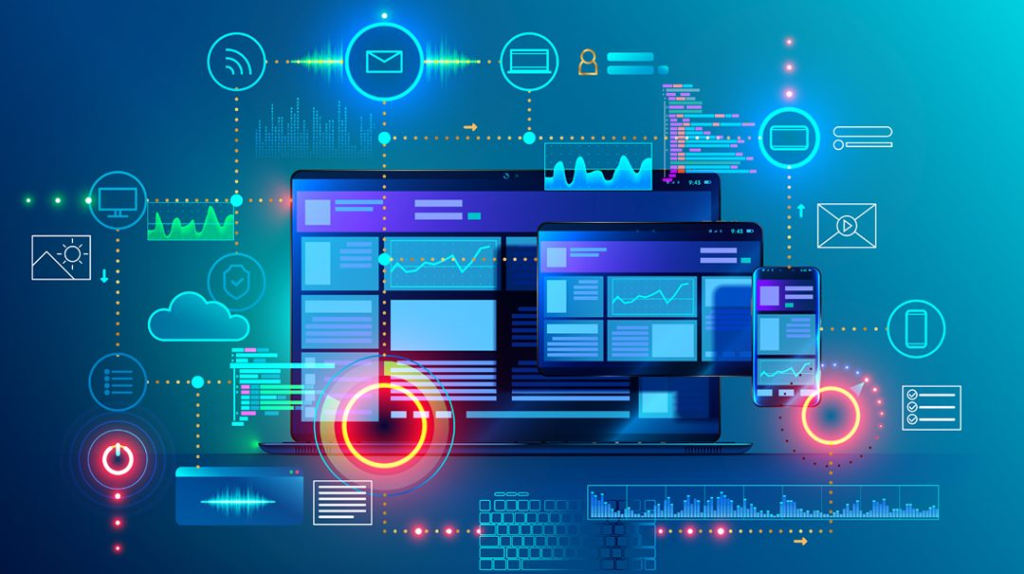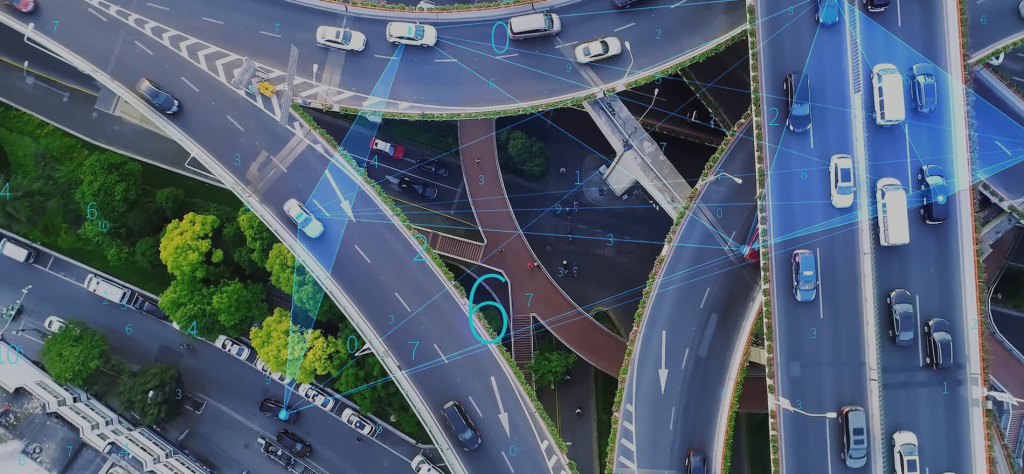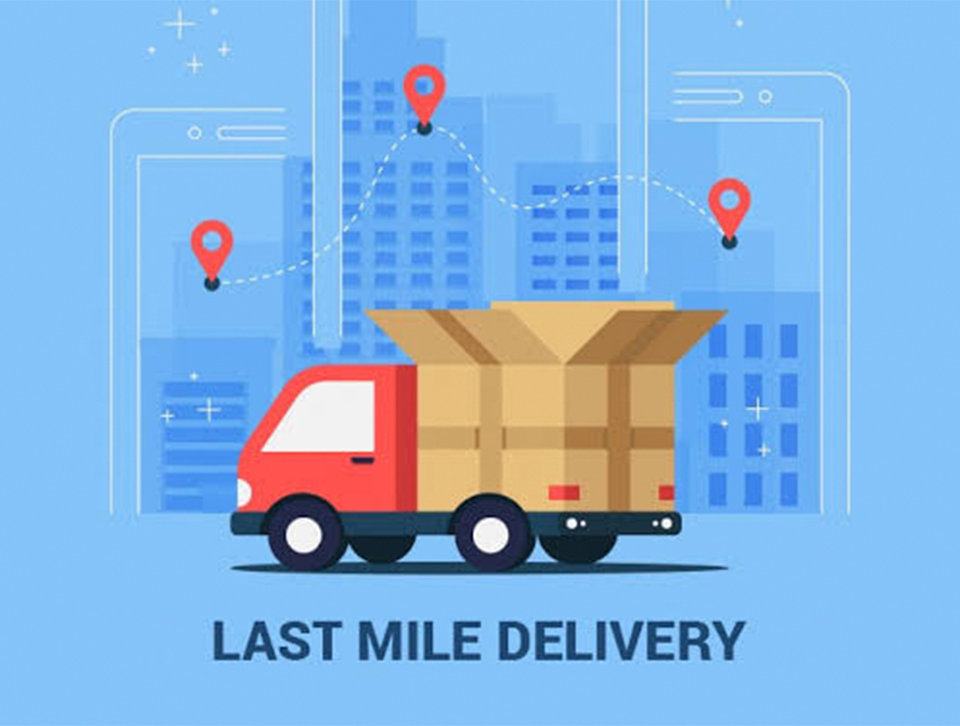Using Real-Time Data to Optimize Delivery Route Performance
Last-mile and regional fleets can no longer rely on static route plans. From traffic bottlenecks to sudden weather shifts, real-world variables change every minute. Harnessing real-time data—GPS pings, IoT sensors, weather feeds, order updates—lets dispatchers and algorithms recalculate on the fly, shaving miles, fuel, and delays. Below is a deep dive into how modern logistics teams turn live signals into measurable gains.

1. Why Real-Time Data Changes the Game
- Dynamic traffic patterns: Congestion now shifts by a quarter-hour in many metro areas; static daily plans miss those fluctuations.
- Tighter delivery windows: Same-day demands leave little buffer for unexpected detours.
- Cost pressure and sustainability: Empty miles inflate fuel spending and emissions—real-time data helps cut both.
- Academic and industry studies consistently report double-digit improvements in on-time percentage and cost per drop after switching to real-time optimization.

2. Core Data Sources Feeding Modern Route Engines
| Data Stream | Typical Refresh Rate | Insights Delivered |
|---|---|---|
| GPS / Telematics units | 5–60 s | Vehicle speed, idling, geofence events |
| Live traffic APIs | 1–5 min | Congestion, incidents, road closures |
| Weather services | 10–15 min | Storm fronts, temperature, icy roads |
| Order management system | Instant | New stops, cancellations, priority changes |
| Vehicle IoT sensors | Seconds | Fuel level, tire pressure, load weight |
Telematics vendors such as Geotab place real-time monitoring at the top of 2025 fleet priorities.
3. Technology Stack: From Raw Signals to Optimal Routes
- Data ingestion layer – Stream connectors pull GPS, ELD, traffic, and order status into a central lake.
- Constraint-based solver – AI/OR engines (e.g., Google OR-Tools, genetic algorithms) minimize distance and lateness while honoring capacities, time windows, and driver breaks.
- Predictive layer – ML models forecast congestion or demand surges an hour ahead, allowing proactive reroutes.
- Edge deployment – Mobile driver apps receive turn-by-turn updates; vehicle gateways push telemetry back to HQ every few seconds.
- Feedback loop – Actual vs. planned metrics retrain models nightly, tightening accuracy over time.
4. Real-World Success Stories
- Pharma cold-chain fleet – Integrated weather radar and road temperature feed into its TMS; on storm days, real-time rerouting kept 98 % of deliveries within SLA.
- Uber Freight – AI platform matches trucks to continuous loads, trimming empty miles by 10-15 % and reducing driver wait time with live market signals.
- E-commerce retailer (U.S.) – Predictive analytics on historical and live traffic cut last-mile cost per package by 12 %.

5. Key Performance Indicators to Track
- On-time delivery rate (OTD)
- Cost per drop/mile
- Empty-mile percentage
- Average delivery duration variance
- CO₂ per delivery
Benchmark each KPI before and after rolling out real-time routing to highlight ROI.·····························
6. Implementation Roadmap
| Phase | Goals | Typical Duration |
|---|---|---|
| Assessment | Audit current data streams, define KPIs | 2–4 weeks |
| Pilot | Launch on one region or fleet segment | 6–8 weeks |
| Roll-out | Expand to full fleet, integrate driver coaching | 3–4 months |
| Continuous improvement | Retrain models, add new data (weather, UX data) | Ongoing |
A recent white paper notes that many fleets recover implementation costs within six months through fuel savings alone.
7. Challenges and Mitigation
- Data latency or loss – Use edge caching devices to store GPS when cellular drops.
- Driver adoption – In-cab tablets with simple UI and audible alerts reduce distraction.
- Solver scalability – Cloud-native micro-services auto-scale for peak planning windows.
- Research shows that Gen-AI-based solvers can cut CPU time by 40 % on large route sets.
8. Future Outlook: 2025 and Beyond
AI-powered route planning continues to mature—expect deeper integrations with EV battery analytics, crowd-sourced hazard reporting, and city-provided curbside availability feeds. Consultancy forecasts underline real-time monitoring as the #1 fleet tech trend 2025.
Conclusion
Real-time data transforms routing from a nightly planning exercise into a living system that reacts to every traffic jam, weather front, and customer request. Organizations that invest in live data ingestion, AI solvers, and driver-friendly execution tools consistently report faster deliveries, lower costs, and smaller carbon footprints. The sooner fleets embrace these capabilities, the sooner they’ll unlock competitive advantage in an on-demand world.
Industry Insights
news via inbox
Nulla turp dis cursus. Integer liberos euismod pretium faucibua








